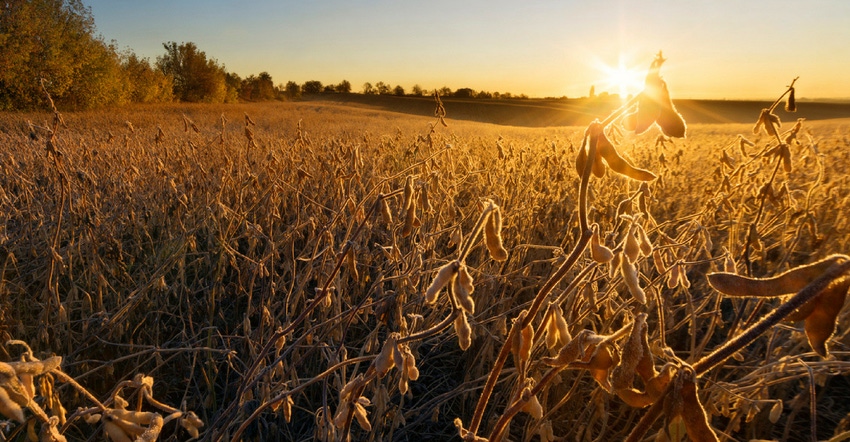November 1, 2017

Sponsored Content
“Good ideas are not adopted automatically. They must be driven into practice with courageous patience.” One could add perseverance to that quote, and it’s a perfect summation of the journey for Minnesota’s soybean farmers regarding biodiesel.
In 2002, the Minnesota legislature passed a law requiring that all diesel fuel sold in the state contain at least a 2 percent blend (B2) of biodiesel. As is common with most legislative initiatives, it was a lengthy process that was testament to the tireless efforts of many soybean farmers in the state.
But the hard work was far from over. Would biodiesel become an overnight sensation or a flash in the pan? Steady growth would be a more apt term to describe the ensuing 15 years.
Despite resistance from the petroleum and trucking industries, biodiesel has become part of the fuel landscape in Minnesota over the last decade. The state is poised to become the first in the nation to require a 20 percent blend of biodiesel (B20) in 2018.
This is not a leap, but rather, a careful and extensively tested increase. Today’s biodiesel meets stringent ASTM fuel specifications. Biodiesel can be used in existing diesel engines and fuel-injection equipment in blends up to 20 percent, with little effect on operating performance.
All Minnesotans will benefit from the move to B20. The American Lung Association of Minnesota estimates the move to B20 will prevent 163 tons of particulate pollution and 1,820 tons of carbon monoxide from entering Minnesota air — and that’s just in 2018. The reduction in greenhouse gas emissions is estimated at 671,000 tons.
The economic news is also positive: A Minnesota Department of Agriculture report found that for every 1 million gallons of biodiesel produced, $22.8 million is contributed to the state’s total economic output.
In just 15 years, Minnesota’s biodiesel industry, which had to grow almost from scratch just to meet the requirements of the B2 mandate, transformed itself into a 74-million-gallon-a-year industry. As the saying goes, “It’s easy to make promises, it’s hard work to keep them.”
Learn more about the benefits of biodiesel in Minnesota from the Minnesota Soybean Research & Promotion Council website.
About the Author(s)
You May Also Like




